When she shared her greatest lesson from years of mentoring STEM students, it made me reflect on both the mentors I've had and, more importantly, the mentor I aspire to be.
Last week, I flew to Atlanta, Georgia, to interview Vice Provost Juana Mendenhall, Ph.D., and her students, Isaiah Frazier and Khari Rivers, at Morehouse College—our topic: STEM mentorship.
Today, I want to share:
- Dr. Mendenhall's lesson 🤯
- The 9️⃣ archetypes of STEM mentorship
- The types of mentors we need the most 🙌🏽
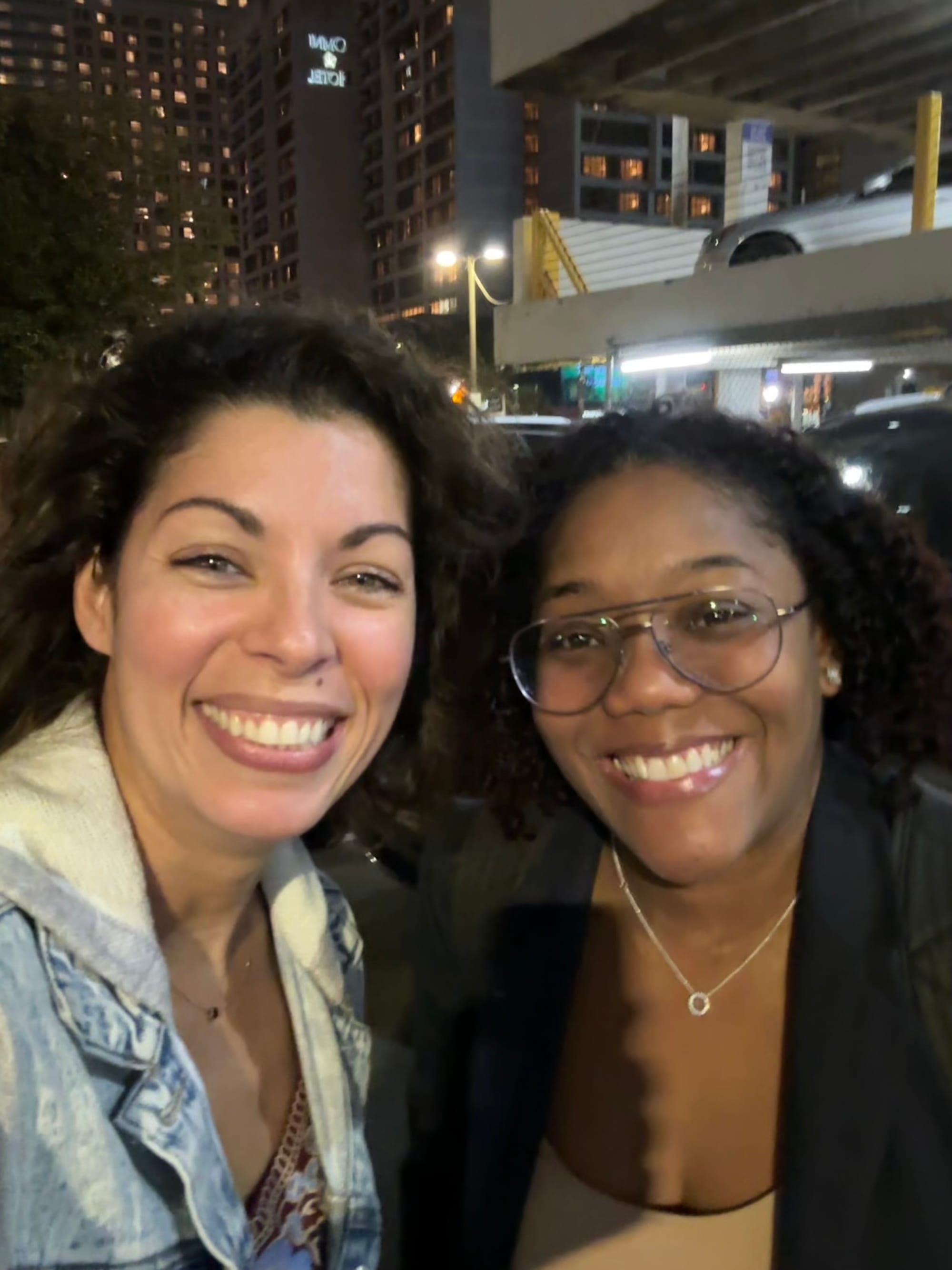

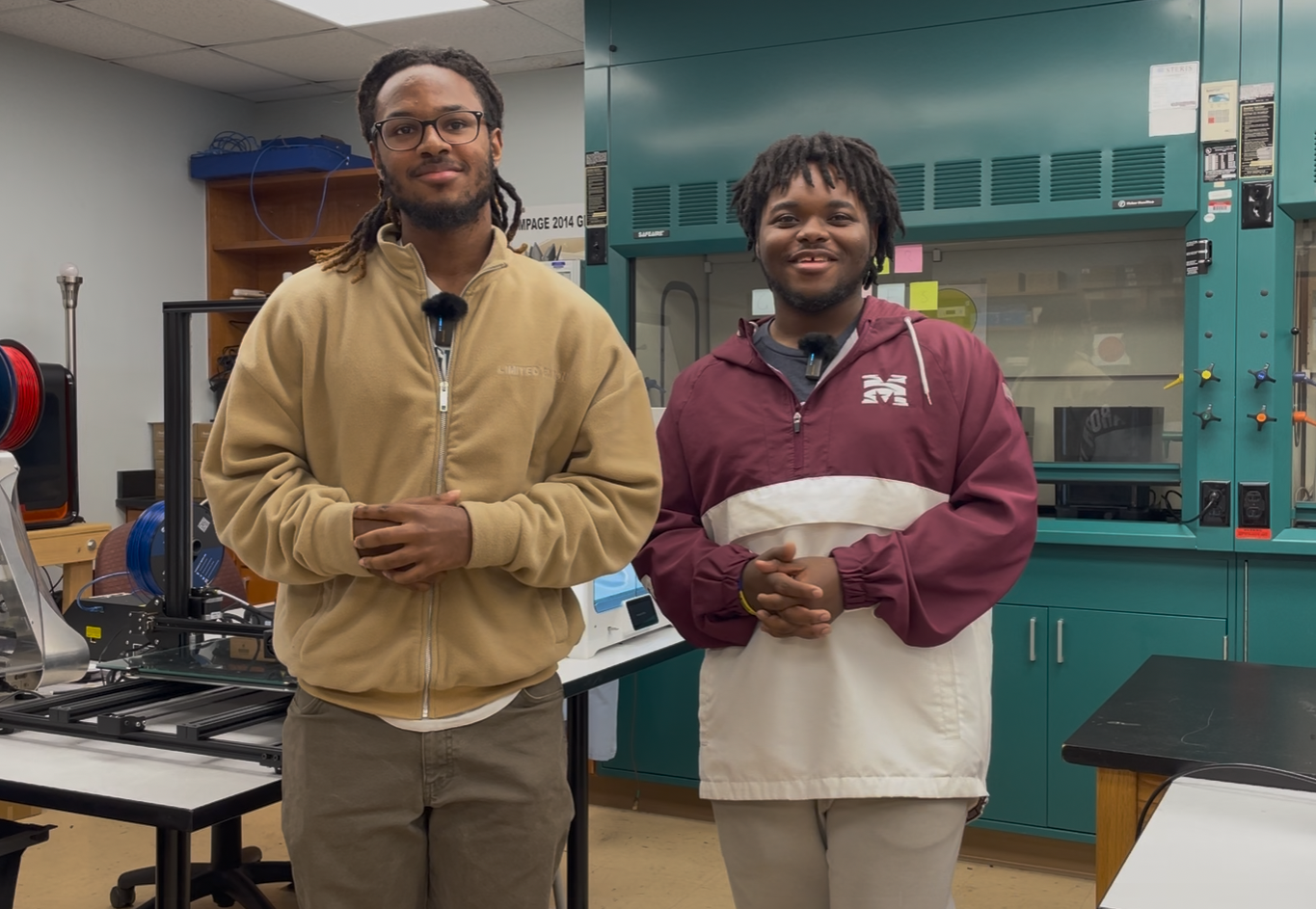
(Left-to-Right): Me & Dr. Mendenhall enjoying dinner in Atlanta, Morehouse College "Making Men of Consequence," said Men of Consequence Isaiah Frazier and Khari Rivers.
"I think my biggest lesson, humbly, has been that I can learn from them." - Juana Mendenhall, Ph.D.
As teachers and researchers, we often focus on our students' growth. While we are here to serve them, we can also grow ourselves—if we are willing to listen.
Mentorship is essential, yet it is often not formally taught. Consequently, scientists rely on previous mentors or mentorship resources. We're excited to share our podcast featuring Dr. Mendenhall and her students in the coming weeks!

Until then, here are...
9 Archetypes of STEM Mentorship
Figuring this out was a bit of a challenge 😅
It's incredible how many opportunities we have to uplift one another in STEM.
I've put together nine different ways to support each other, and I'm sure there are even more out there! Below, I've arranged them according to the most critical stages in someone’s STEM career.
Early Career (Undergraduate/Graduate Student)
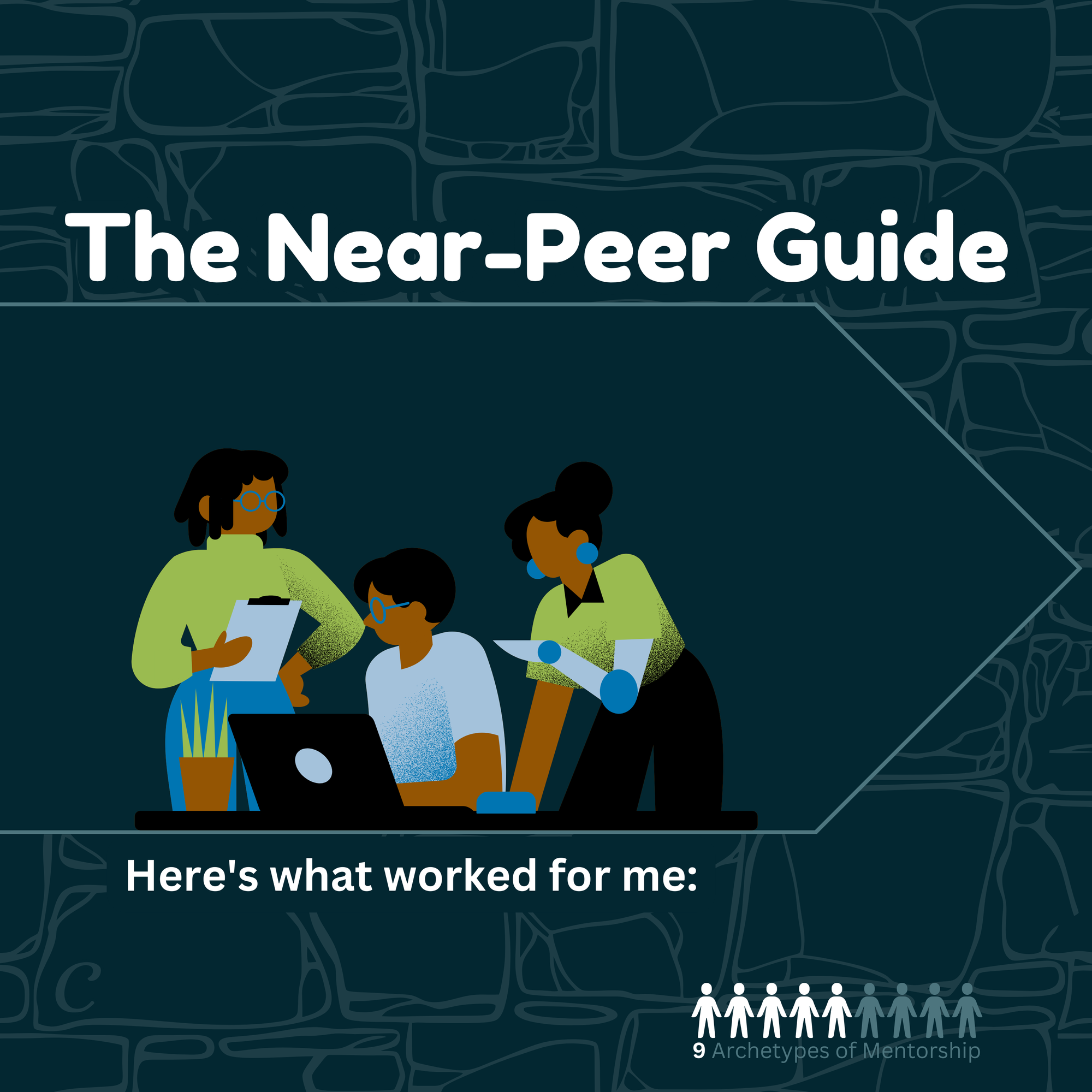
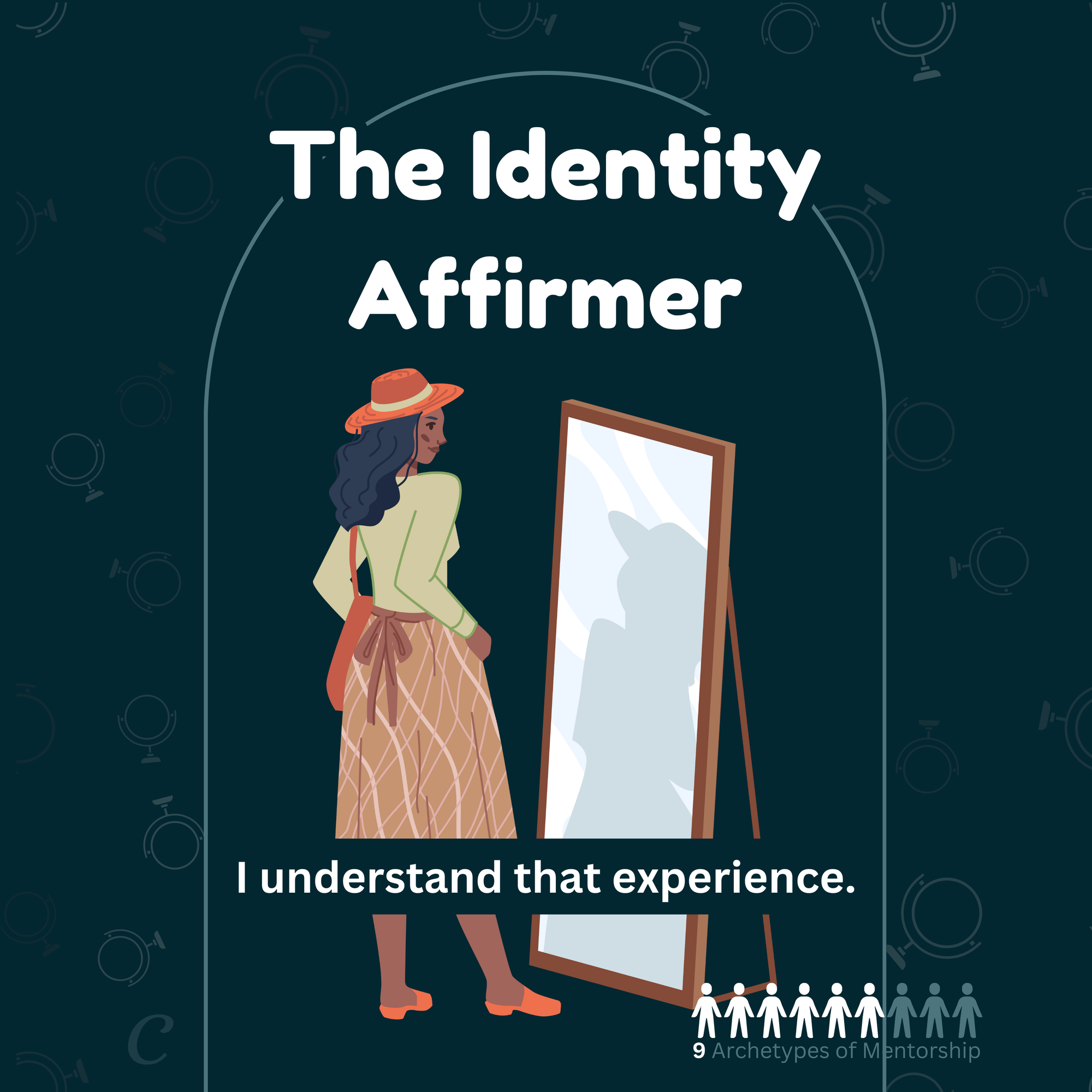
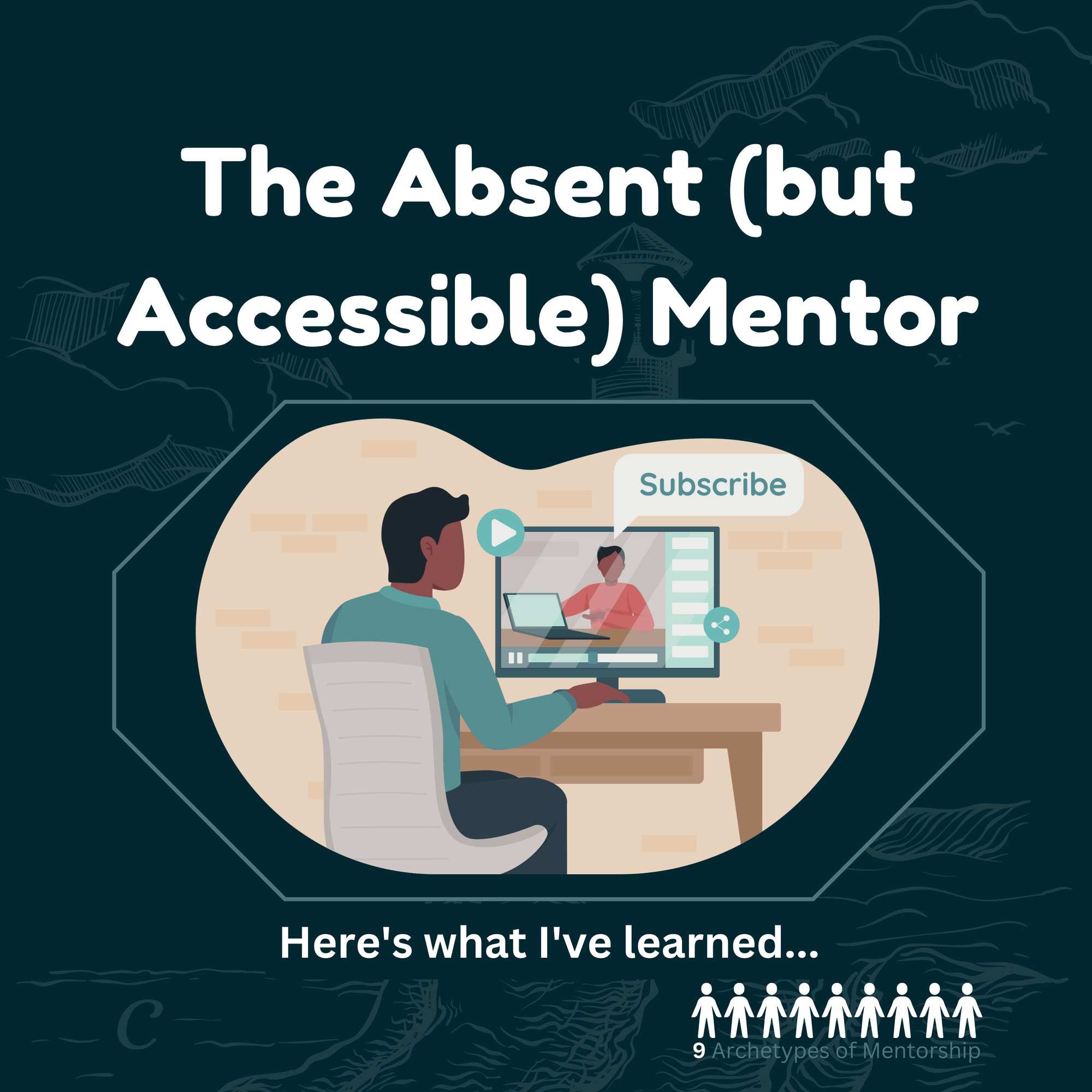
You can download these images here. Feel free to tag your favorite mentor!
The Near-Peer Guide
Someone slightly ahead who normalizes struggles and provides practical support. Most valuable during early undergraduate years when imposter syndrome is high and basic navigation skills are needed.
"I want to say that the world needs you. We need you. You have a place here, and I hope you find your place in life." Isaiah Frazier
The Identity Affirmer
Creates space for authentic self-expression and cultural connection. This is critical during formative years when developing scientific identity, especially for minoritized groups.
The Absent (but Accessible) Mentor
Online content creators, authors, and speakers who provide broad guidance. They are instrumental when exploring different career paths and seeking inspiration.
Mid-Career (Postdoc/Early Faculty)
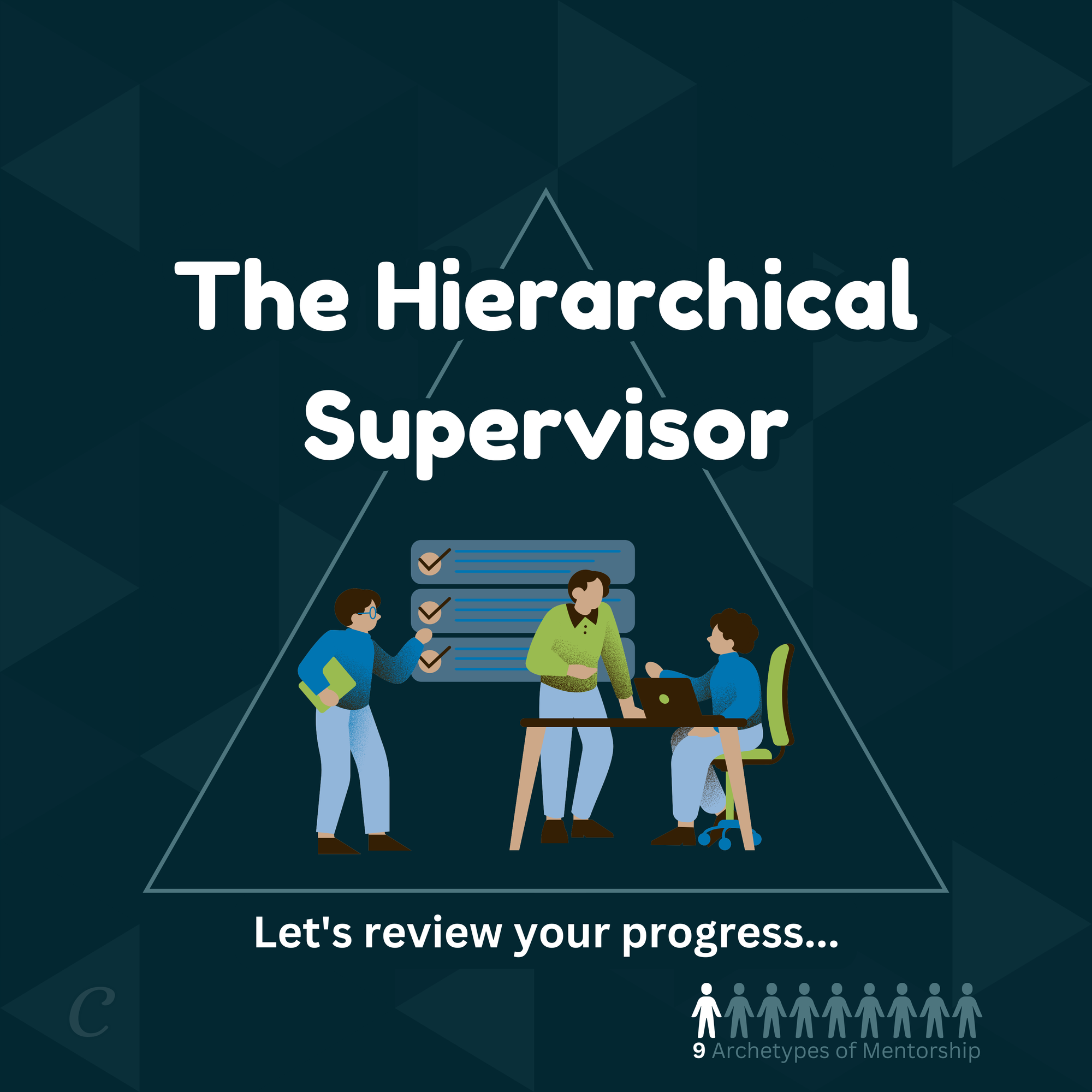
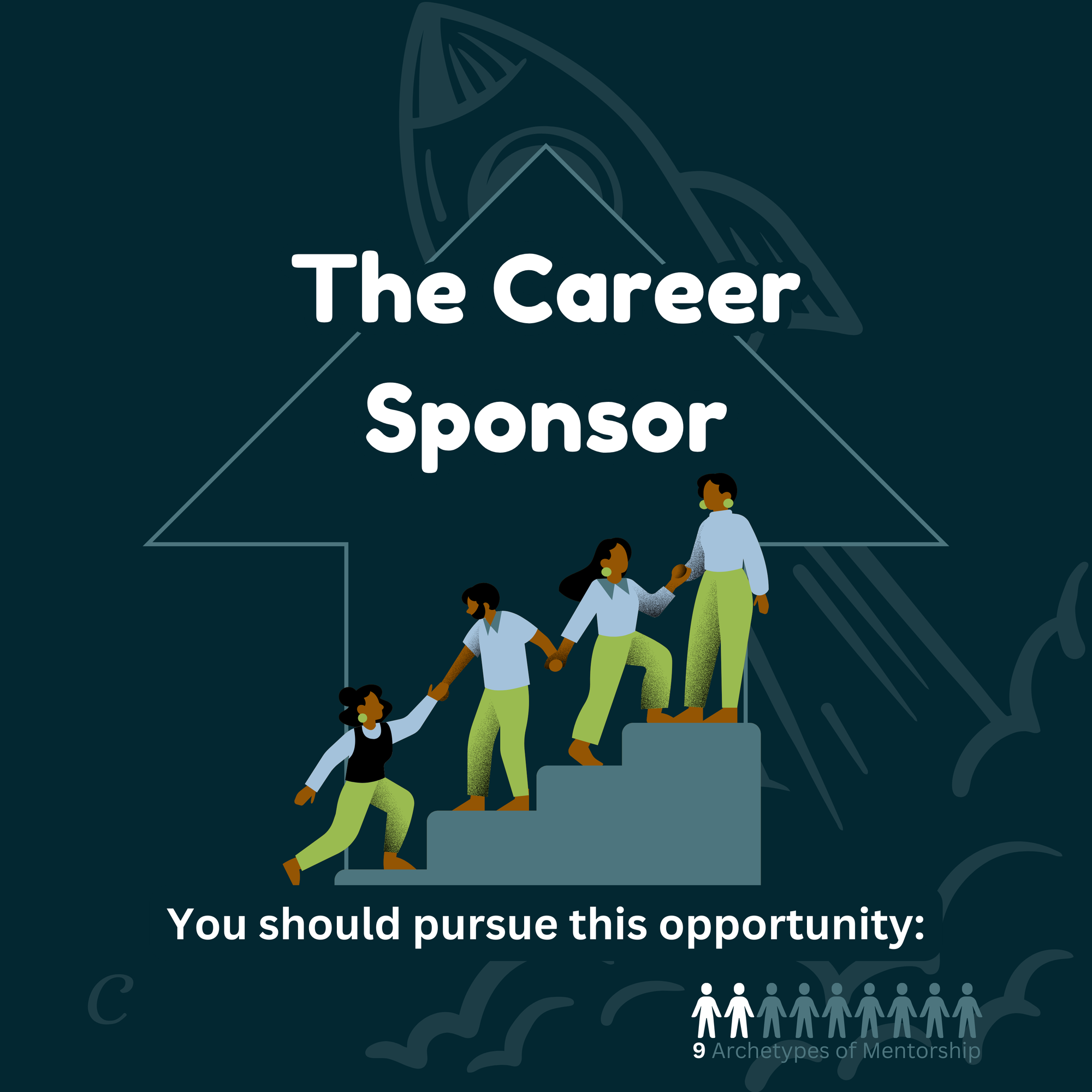
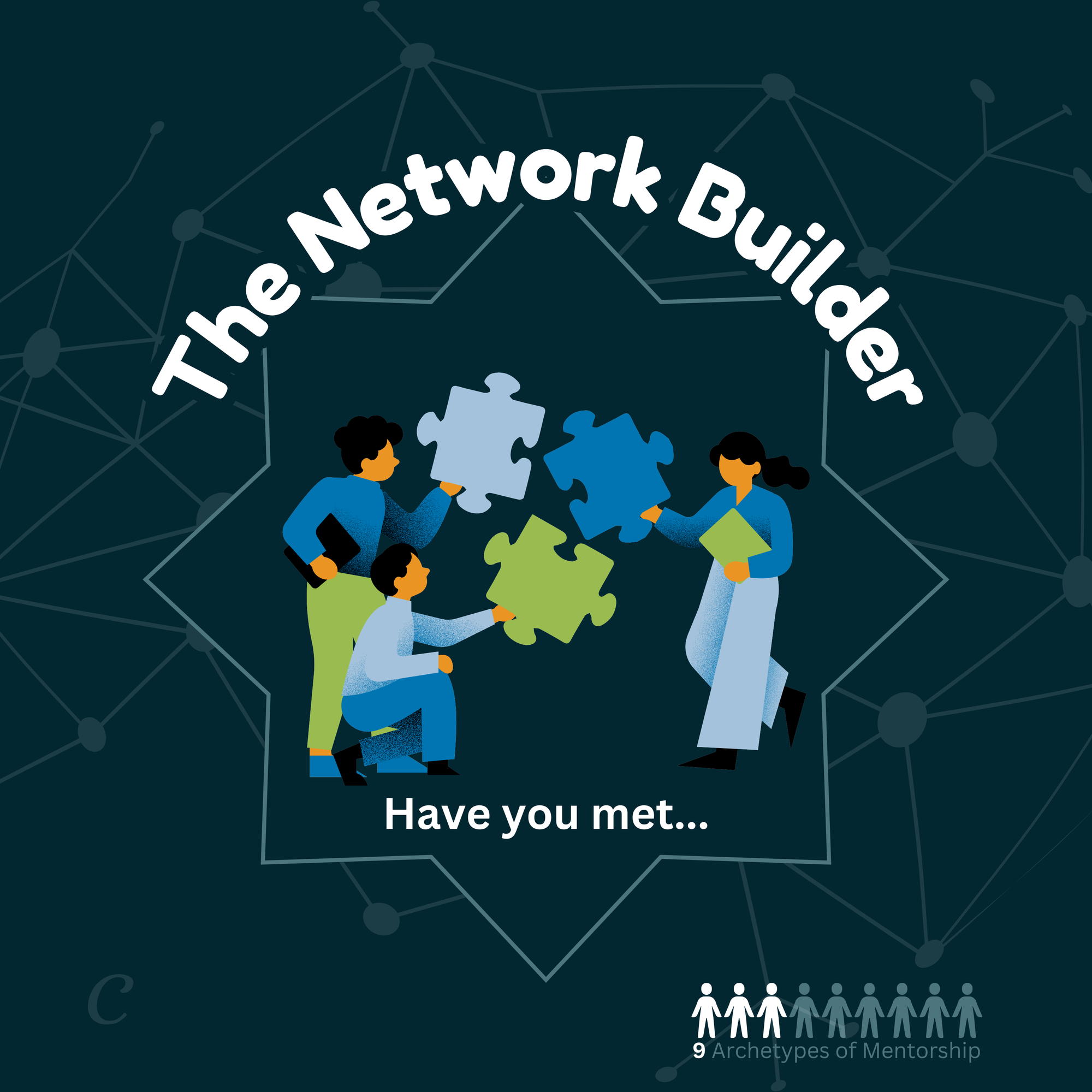
You can download these images here. Feel free to tag your favorite mentor!
The Hierarchical Supervisor
Direct supervisor providing formal evaluation and career guidance. Essential during graduate school and postdoctoral training when specific skill development is crucial.
The Career Sponsor
Opens doors and provides resources for advancement. Most importantly, during the transition from trainee to independent researcher.
The Network Builder
Connects mentees to multiple resources and relationships. Critical when establishing independent research programs and building collaborations.
Advanced Career (Established Scientists)
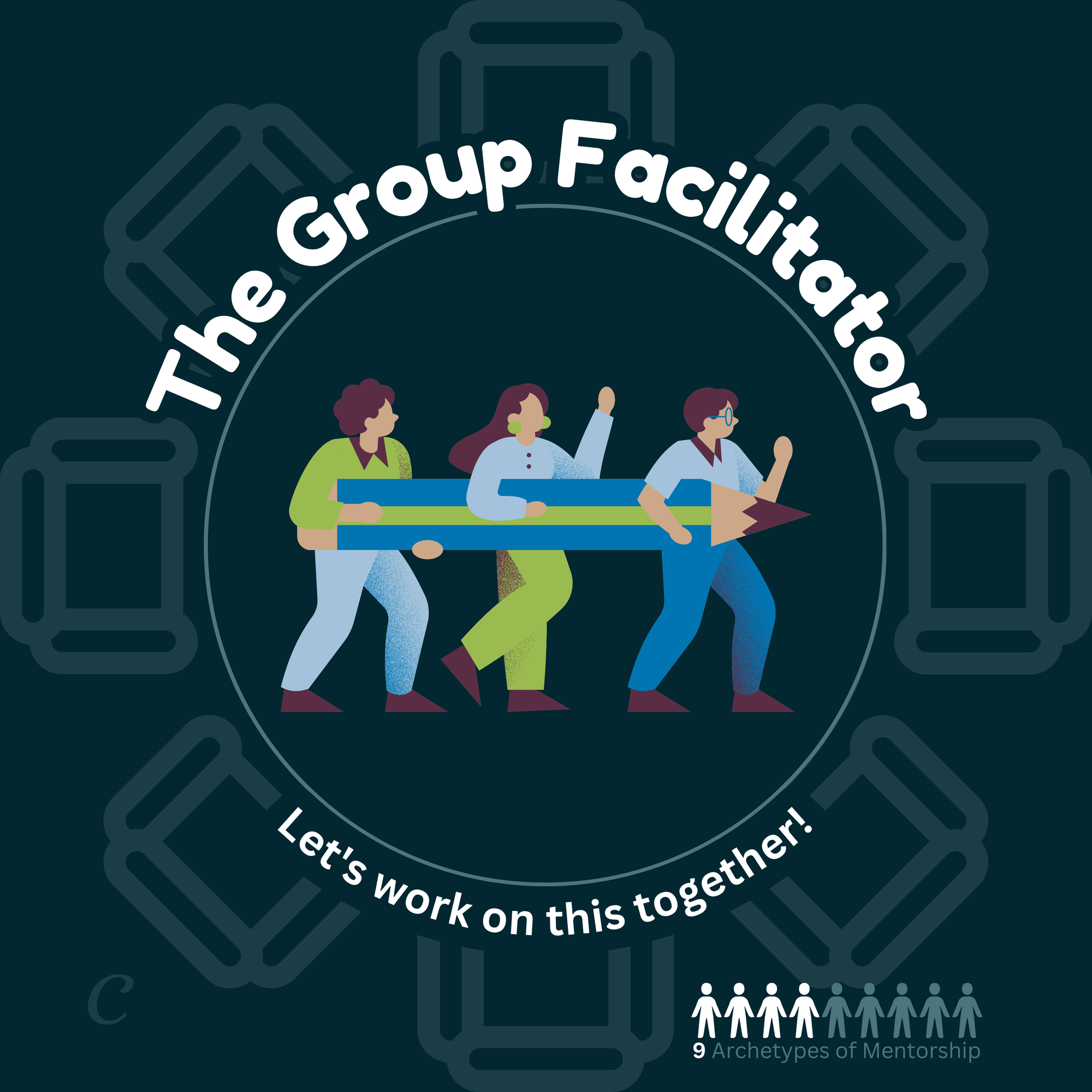

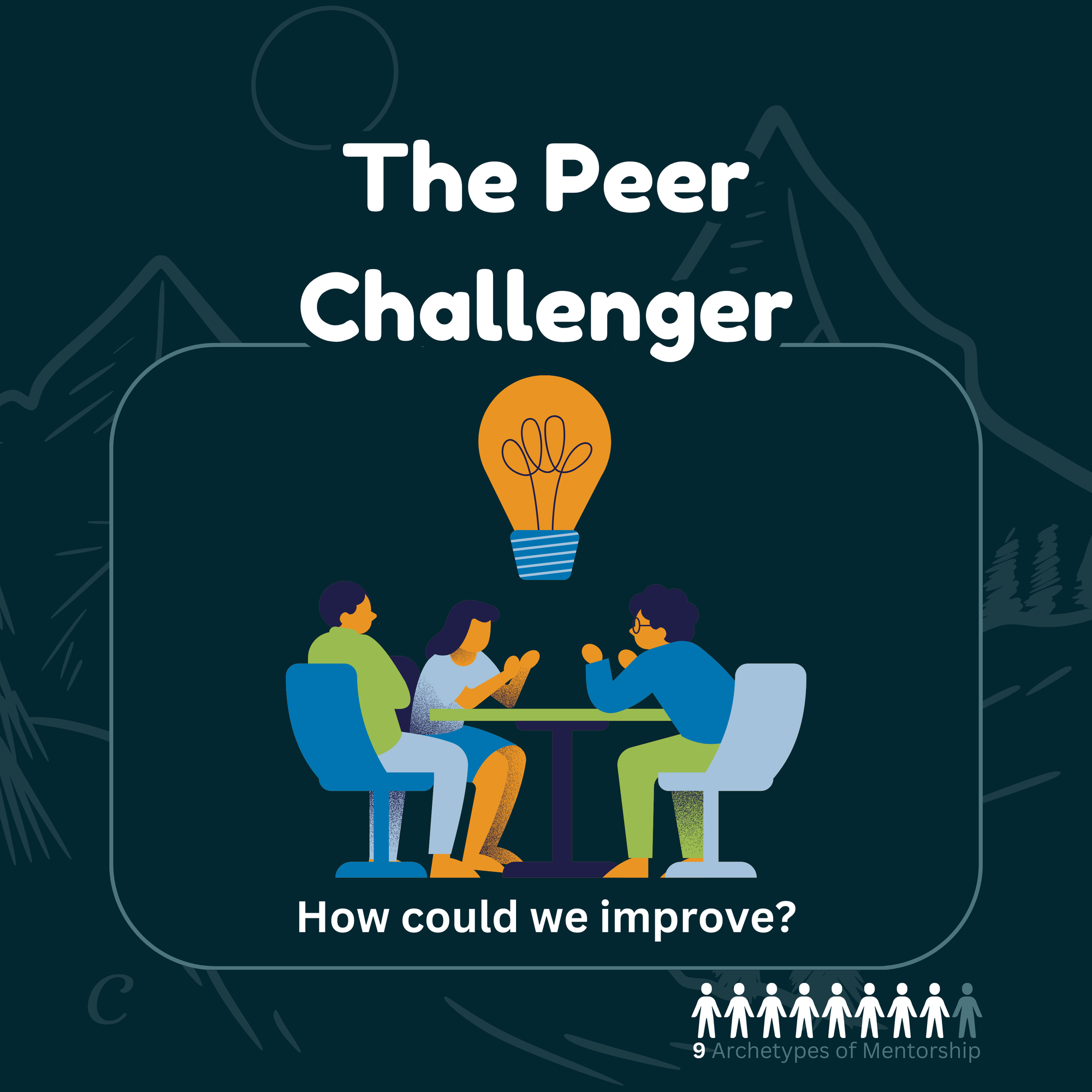
You can download these images here. Feel free to tag your favorite mentor!
The Group Facilitator
Coordinates collaborative experiences and builds community. Valuable when leading teams and developing leadership skills.
The Holistic Developer
Focuses on whole-person growth through bidirectional learning. Important when taking on leadership roles and mentoring others.
"I want to make sure I'm a comforting mentor who can help my mentees understand you can always come to me." Khari Rivers
The Peer Challenger
Provides healthy competition and role modeling. Most beneficial when pushing boundaries in established career stages.
Best Practices in STEM Mentorship
How have you been mentored through your STEM career? Research suggests effective STEM mentorship for minoritized scientists and engineers requires moving beyond mentor-mentee pairs to multiple interconnected mentors and support systems (Mondisa et al., 2021).
Nkrumah and Scott (2022) explain that traditional mentoring approaches focused solely on "upskilling" through supplemental instruction and structured research opportunities have shown limited effectiveness in supporting long-term success for Minoritized groups in STEM fields.
These mentorship constellations ⭐️ appear most impactful when centered on trust and empowerment (Hund et al., 2018).
This means Mentors:
- Maintain confidentiality and demonstrate reliability,
- Acknowledge and apologize for mistakes, and
- Have students set goals, make plans, and solve their problems with support rather than prescription.
Paradoxically, Ma and colleagues (2020) discovered that mentees achieve the highest impact when displaying intellectual independence from mentors. Similar to the way healthy parents raise independent young adults.
4 Ways to Help Students Develop Mentoring Ecosystems:
- Provide/exchange mentorship training and resources for faculty.
- Create technology-enabled solutions (like MentorNet) to expand mentor diversity and access.
- Utilize mentor training resources from centers like CIMER and NRMN.
- Connect with professional organizations (SACNAS, NSBE, NOBCChE) to offer mentoring programs specifically for and by Minoritized Scientists.
I hope you enjoyed this brief overview of STEM Mentorship. Remember to subscribe to CURIOUS Scientists!
It's a beautiful day to practice science,
Vanessa Rosa, Ph.D.
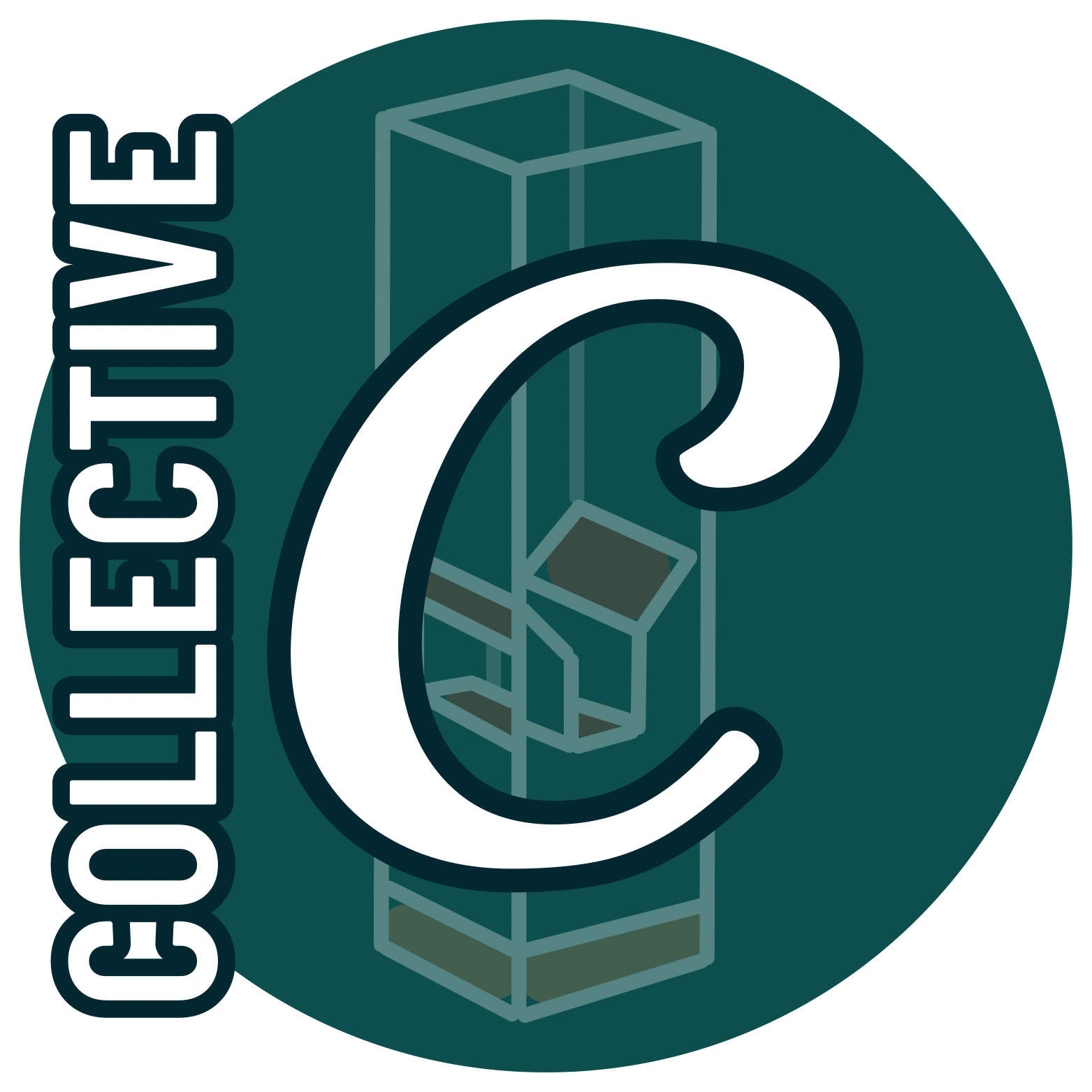
About Cuvette Collective:
Cuvette Collective represents a community of educators and scientists dedicated to empowering the societal impact of STEM research. We provide tailored tools, strategies, and insights to help scientists craft authentic, impactful broader impact plans that align with NSF priorities and their research focus. Our engaging blog posts, interactive resources, and personalized consulting services support researchers in leveraging their scientific expertise to make a meaningful difference in society.
How to get involved:
1️⃣ Subscribe to our blog for the latest tips and insights.
2️⃣ Apply to participate in the Broader Impacts Excellence Program.
3️⃣ Inquire about our services to enhance your broader impacts efforts.
We hope you will join our vibrant community committed to reimagining the role of science in society and maximizing the impact of research!
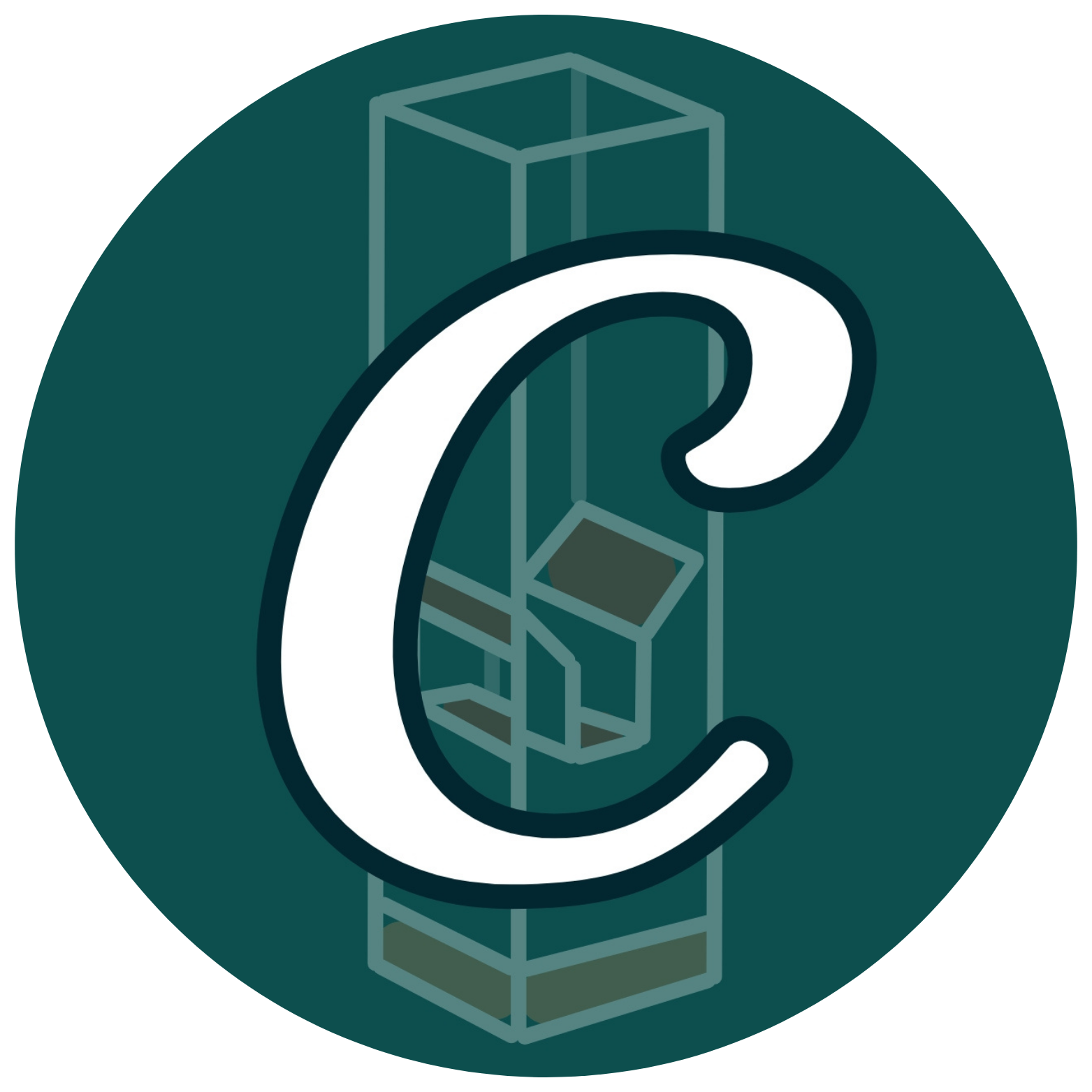

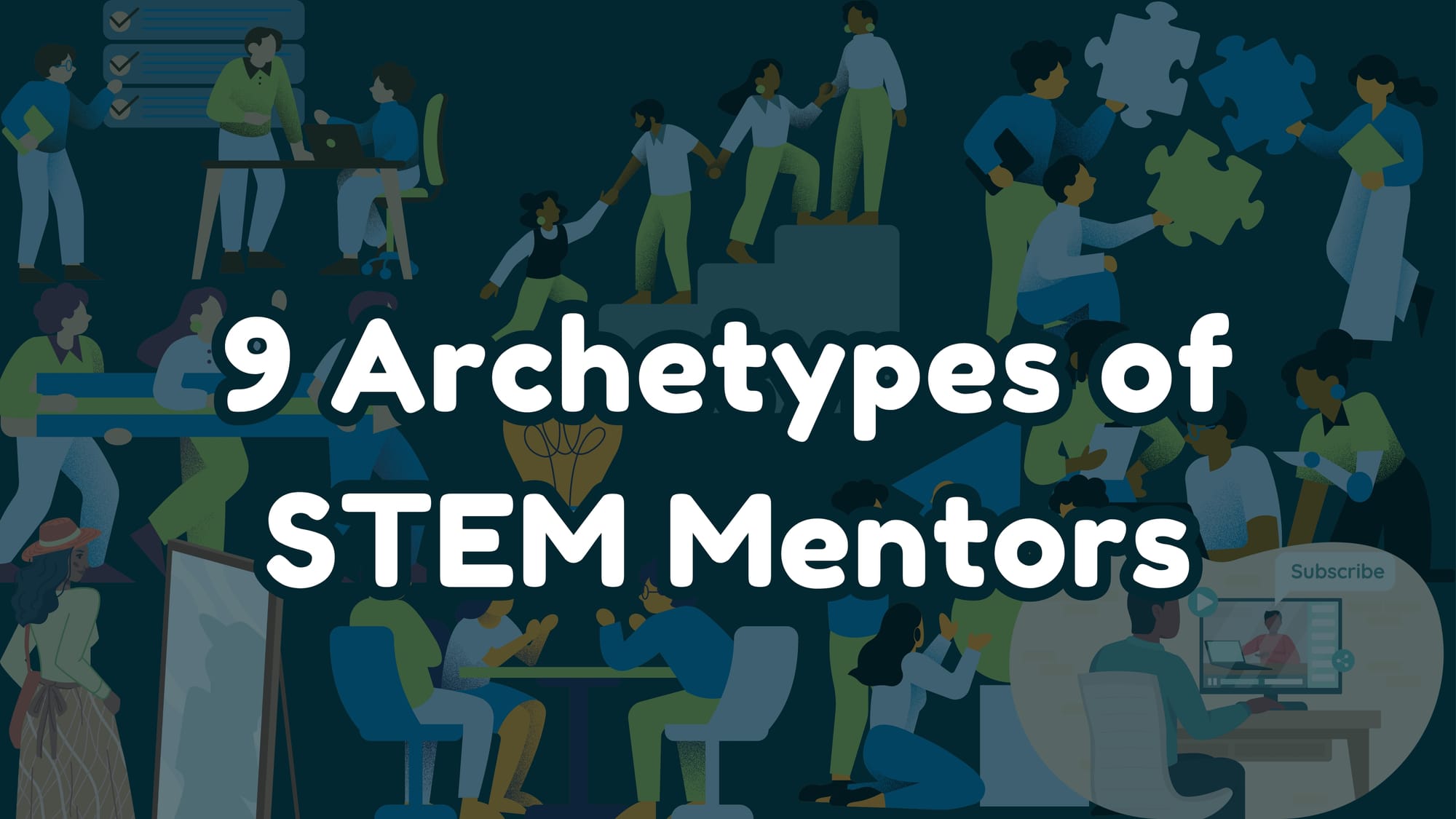



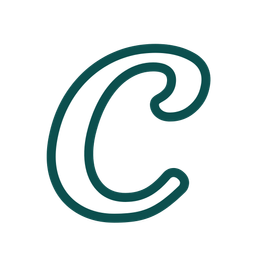
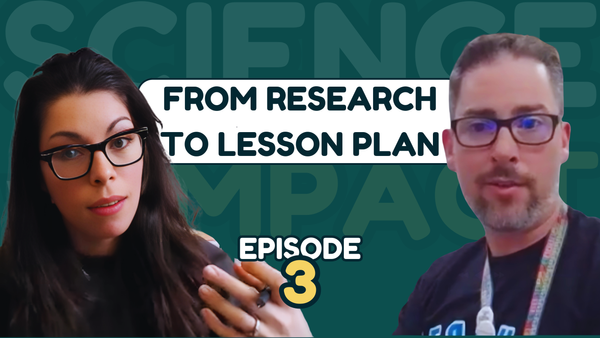


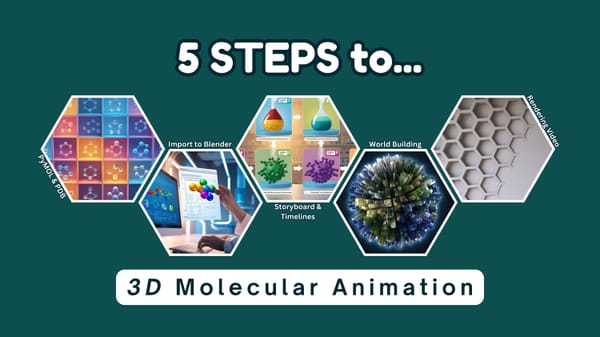
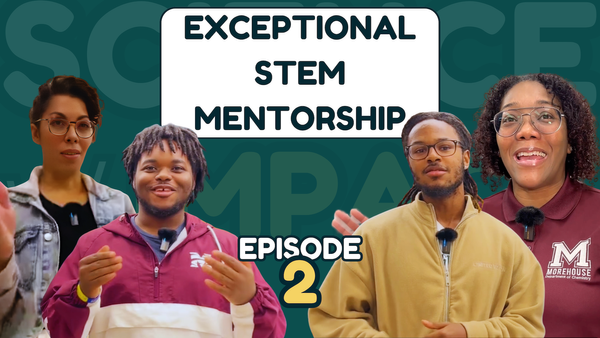
Member discussion